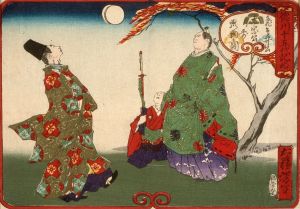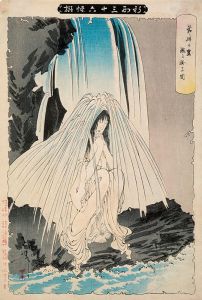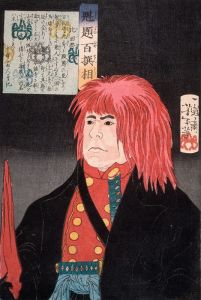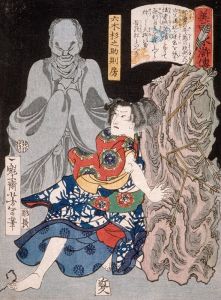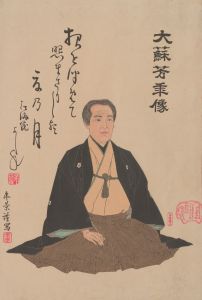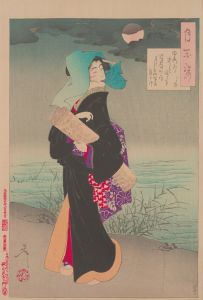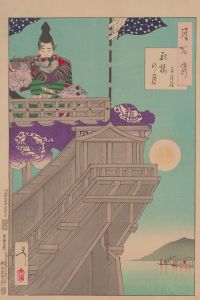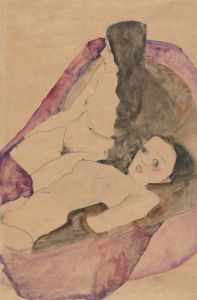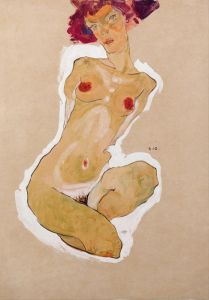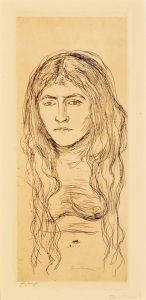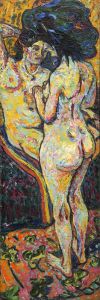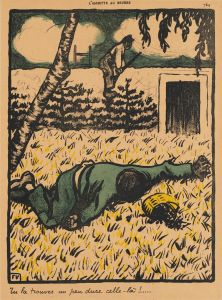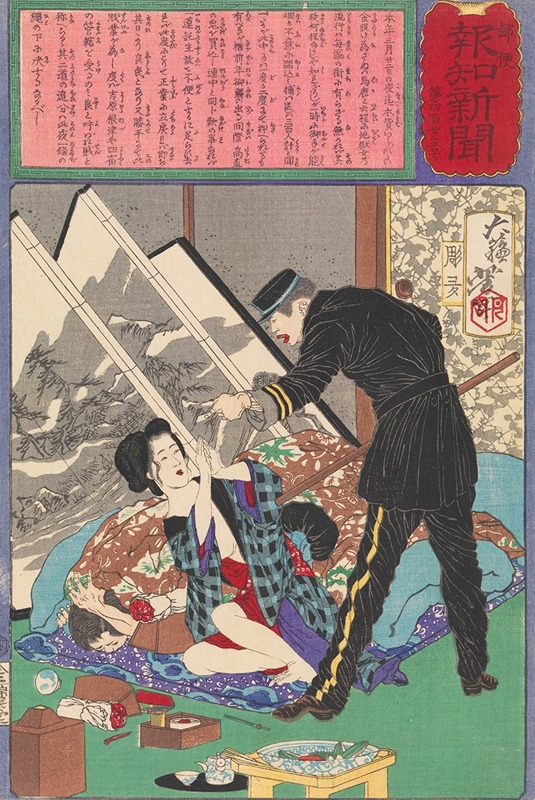
A Sudden Police Raid on Unlicensed Prostitutes
A hand-painted replica of Tsukioka Yoshitoshi’s masterpiece A Sudden Police Raid on Unlicensed Prostitutes, meticulously crafted by professional artists to capture the true essence of the original. Each piece is created with museum-quality canvas and rare mineral pigments, carefully painted by experienced artists with delicate brushstrokes and rich, layered colors to perfectly recreate the texture of the original artwork. Unlike machine-printed reproductions, this hand-painted version brings the painting to life, infused with the artist’s emotions and skill in every stroke. Whether for personal collection or home decoration, it instantly elevates the artistic atmosphere of any space.
Tsukioka Yoshitoshi was a prominent Japanese artist known for his work in the ukiyo-e genre, which flourished during the Edo and Meiji periods. His art is celebrated for its dynamic composition, vivid color, and often dramatic subject matter. One of his notable works is "A Sudden Police Raid on Unlicensed Prostitutes," which reflects the social and cultural milieu of Japan during the late 19th century.
Yoshitoshi was born in 1839 and became a student of the renowned ukiyo-e artist Utagawa Kuniyoshi. He developed a distinctive style that combined traditional Japanese themes with influences from Western art, which was becoming increasingly popular in Japan during the Meiji Restoration. This period was marked by significant social and political changes as Japan transitioned from a feudal society to a more modern state.
"A Sudden Police Raid on Unlicensed Prostitutes" is part of Yoshitoshi's broader body of work that often depicted scenes of historical events, folklore, and contemporary life. The artwork captures a moment of tension and drama, characteristic of Yoshitoshi's ability to convey emotion and movement. It reflects the societal issues of the time, particularly the regulation of prostitution, which was a significant concern for the authorities in Meiji Japan.
During the Meiji era, the Japanese government implemented various reforms to modernize the country, including efforts to regulate and control prostitution. Licensed quarters were established where prostitution was legal, but unlicensed activities were subject to police raids and crackdowns. This painting likely depicts one such event, illustrating the conflict between law enforcement and those operating outside the legal framework.
Yoshitoshi's work is known for its attention to detail and ability to capture the complexities of human experience. In "A Sudden Police Raid on Unlicensed Prostitutes," he uses composition and color to draw the viewer into the scene, creating a sense of immediacy and involvement. The figures are rendered with expressive faces and dynamic poses, emphasizing the chaos and urgency of the raid.
The ukiyo-e tradition, which Yoshitoshi was a part of, often focused on the "floating world" of urban life, including entertainment districts, kabuki theater, and the lives of courtesans. Yoshitoshi's work, however, often went beyond mere depiction to explore deeper themes of morality, power, and the human condition. His art serves as a historical document, providing insight into the cultural and social dynamics of his time.
Yoshitoshi's legacy is significant in the history of Japanese art. He is often credited with revitalizing the ukiyo-e genre during a period of decline and is remembered for his innovative approach and masterful technique. His work continues to be studied and appreciated for its artistic and historical value.
In conclusion, "A Sudden Police Raid on Unlicensed Prostitutes" by Tsukioka Yoshitoshi is a compelling piece that reflects the artist's skill and the societal issues of Meiji Japan. Through his art, Yoshitoshi offers a window into the past, capturing the complexities of a rapidly changing society.





